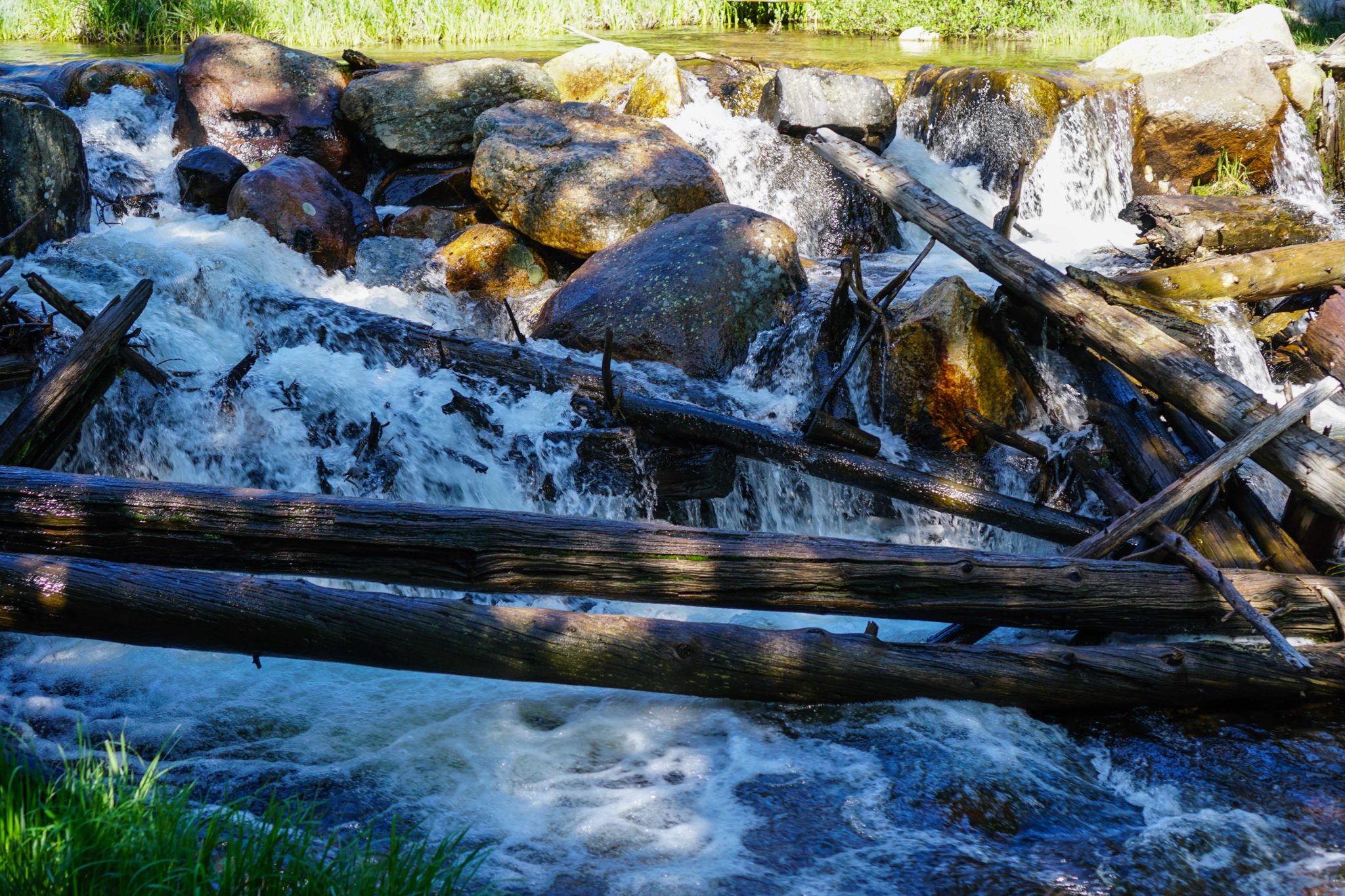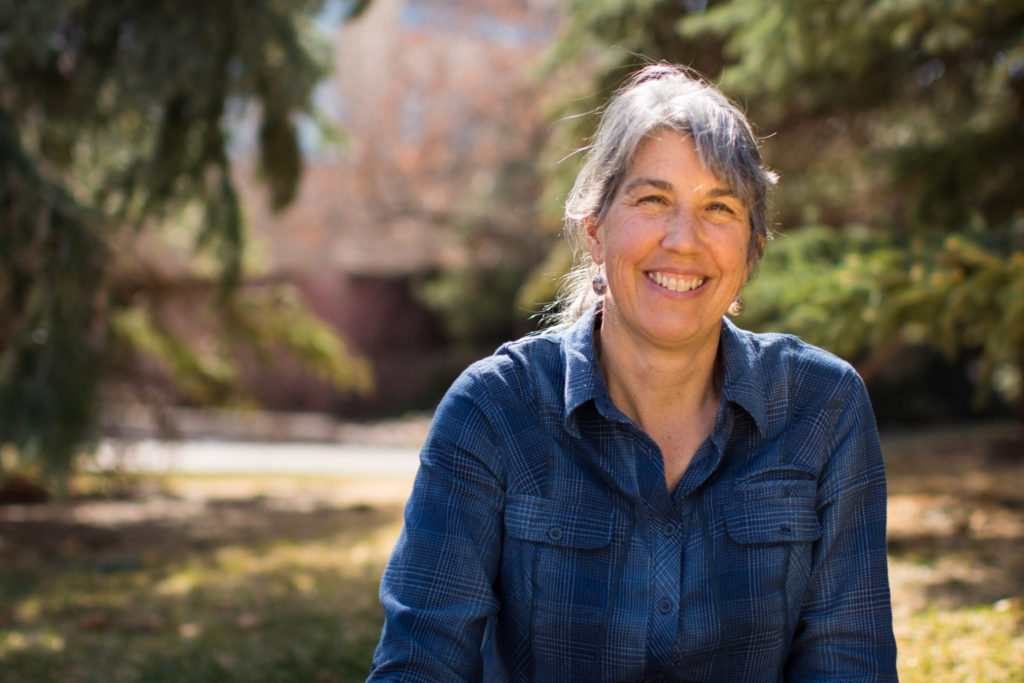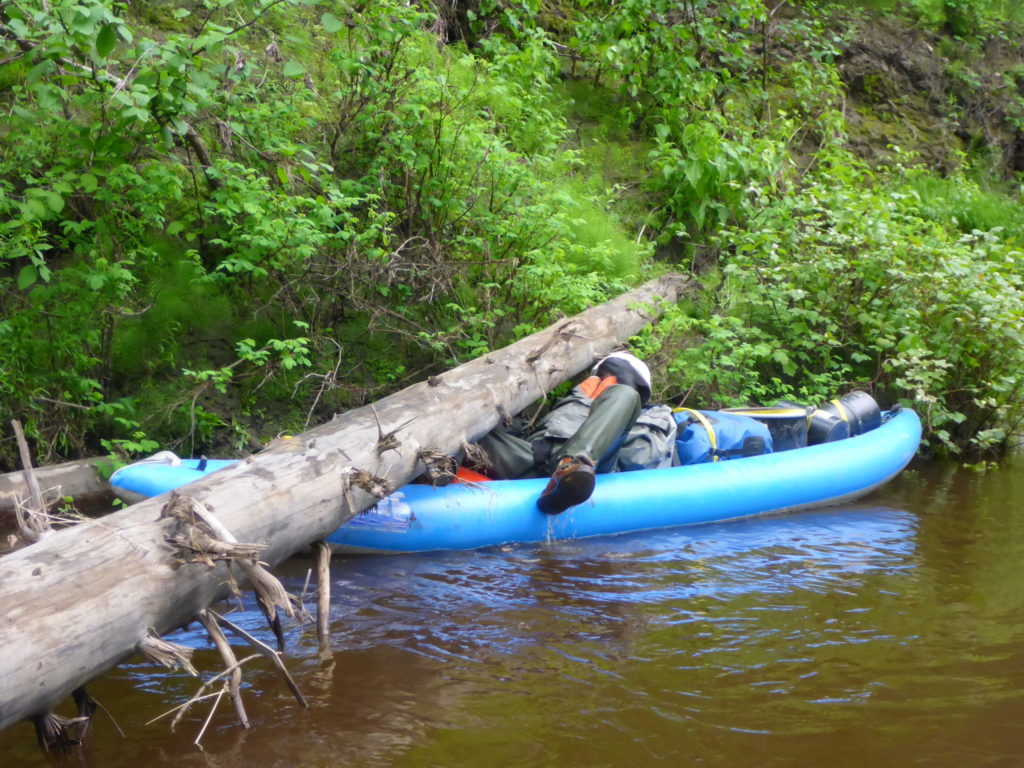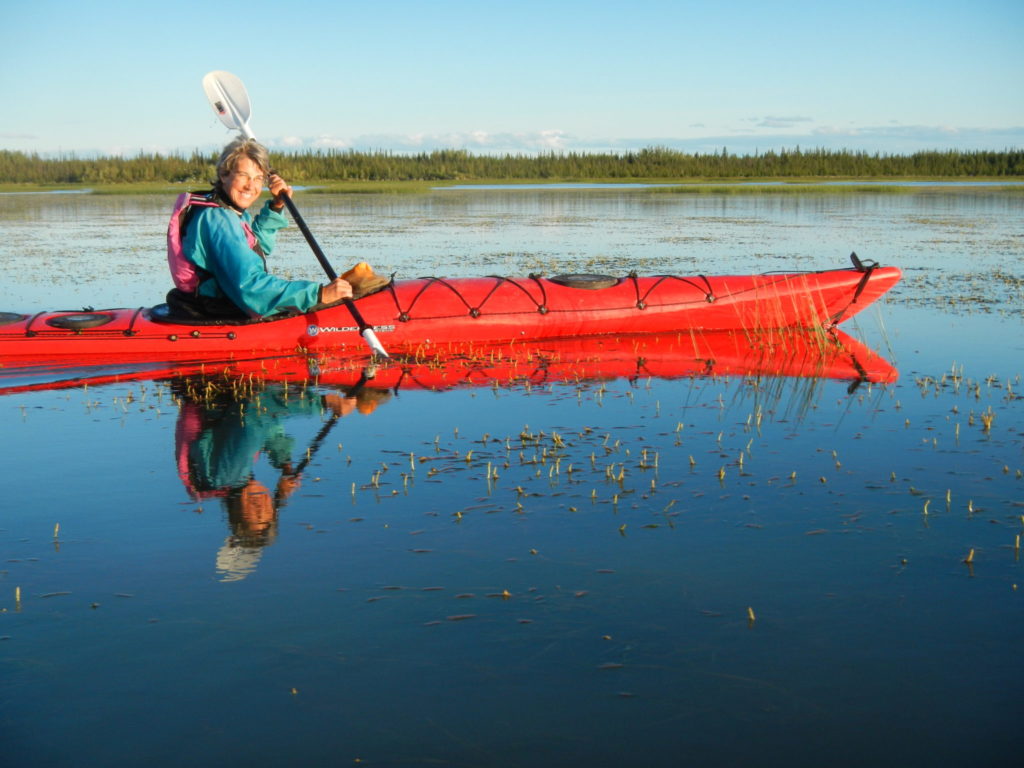
Think of a river. Does a wide, open, straight, free-flowing channel come to mind? Or something more freewheeling and “messy” with natural debris?
Ellen Wohl, a Colorado State University Distinguished Professor, says most Americans think of the “cleaner” waterway as healthier and better off generally. In reality, messier ones full of natural debris that meander unrestricted across valleys hold lots of carbon, an important greenhouse gas element, keeping it out of the atmosphere.
Just how much carbon do rivers, streams, and floodplains hold onto? That’s the question that keeps Wohl wading through mountain headwater streams and kayaking through sprawling braided river systems in the upper latitudes of Earth.
Rivers are naturally “messy and unruly,” she said. Accounts of the first Europeans exploring North America “are full of complaints and grumblings about trying to get across or follow rivers. If all of us could magically go back in time 500 years, we wouldn’t recognize a lot of things, particularly river corridors. You have to imagine every river, from the Mississippi down to little headwater creeks, having a lot more obstructions.”
Unknown potential
But today, rivers throughout the United States have been significantly altered to facilitate commerce and transportation, and manage flood risks. Sampling undisturbed streams and river valleys may hold the key to understanding rivers’ carbon storage potential.
“We need some really basic field studies and inventories – there have only been a handful of studies where people have evaluated carbon stock of rivers,” explained Wohl. “We need more data to identify trends and compare different sorts of rivers.”
Altering rivers has not only removed tremendous amounts of downed wood from the system, but also disconnected channels from their floodplains, reducing annual inputs that led to significant carbon storage in sediments and other organic matter.
“When water spreads out over the valley bottoms that means a lot of organic matter gets distributed across the floodplain, and that organic material is 50 percent carbon,” Wohl said.
A professor in CSU’s Department of Geosciences in Warner College of Natural Resources, Wohl is excited that more natural resource managers are recognizing rivers’ carbon storage potential and hopes to leverage existing river restoration efforts to expand carbon sequestration in river systems. “In the U.S., we spend over $1 billion a year on river restoration, and that is often aimed at other things – enhancing fisheries, water quality, aesthetic reasons – but many of the things we do for river restoration could be adjusted to enhance carbon storage.”

Wohl’s well-earned recent honors
Wohl was recently selected as a University Distinguished Professor in recognition of her mentorship of students, particularly graduate students in her lab, and for her outstanding teaching abilities. She’s also a tremendously prolific researcher and writer, having authored 14 books and countless academic papers.
“I really enjoy writing, and may have been a fiction writer if I was better at creative writing,” she said. “I’ve always felt a sense of mission to make people aware of how important the outdoors and natural environments are.”
“Dr. Wohl is an exceptional mentor in the department, college, and university,” wrote Rick Aster, head of the Department of Geosciences, in nominating Wohl for the honor. “She has interacted to great effect with both students and faculty within Geosciences and within the broader watershed and affiliated programs within Warner College and at CSU.”
Wohl continues to identify the potential of carbon sequestration in rivers and river systems and she reflects fondly on the CSU water research community.
“I’m really glad I’ve been here at CSU where there has always had an emphasis on all aspects of water,” she said. “There’s a phenomenal group of grad students and faculty to work with around water here. It’s good for research collaboration and for attracting great students.”
Wohl also recently received the Bagnold award, a mid-career award from the geomorphology division of the European Geosciences Union, for her extensive contributions to the field of geomorphology. “She has translated the scientific understanding into management practice — to a greater extent than practically any other academic geomorphologist,” according to the award citation.

